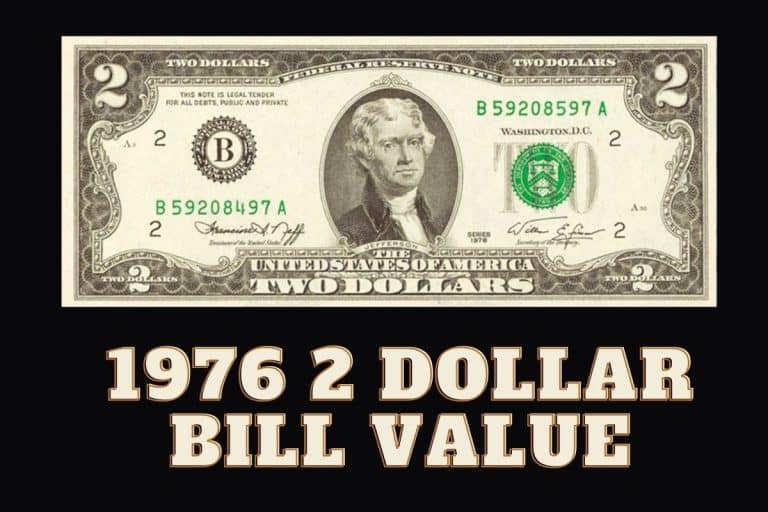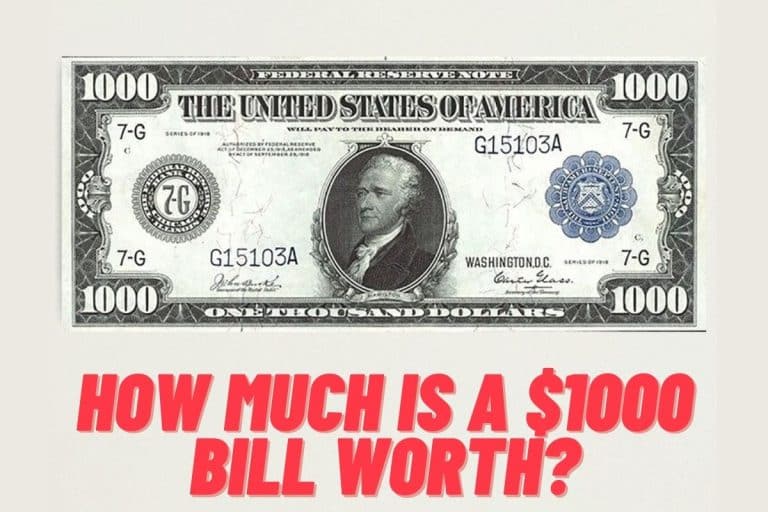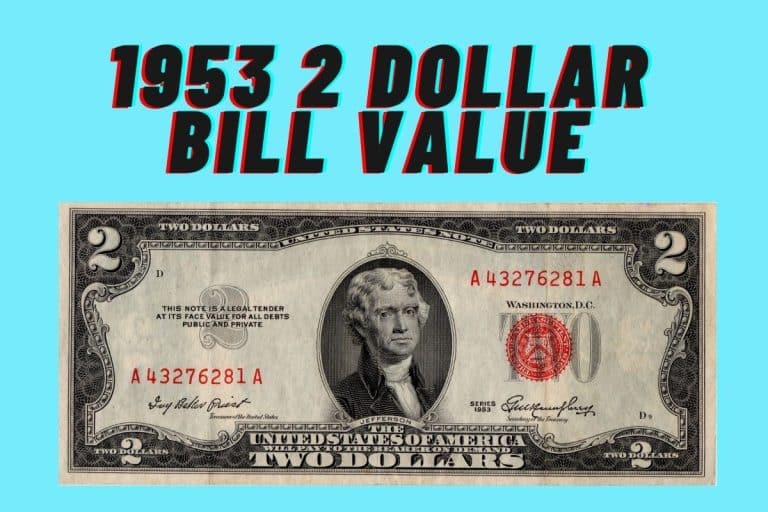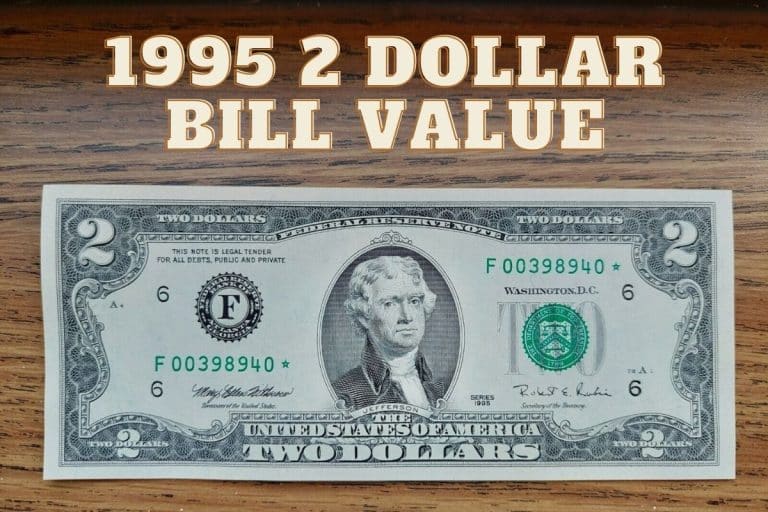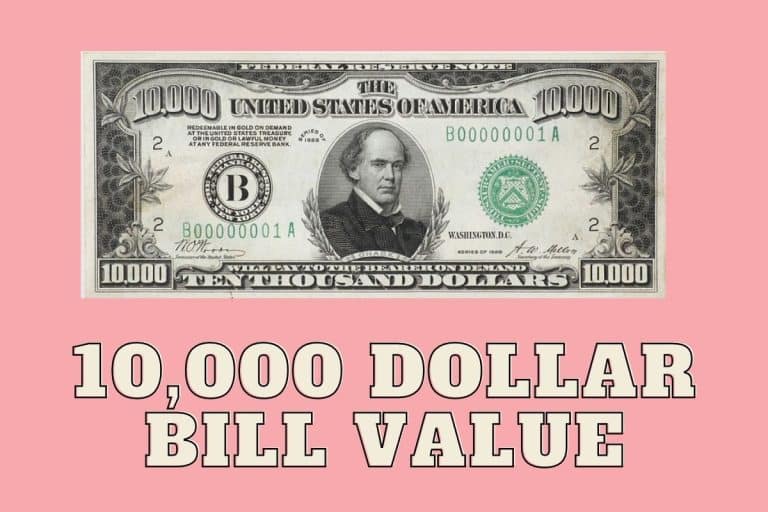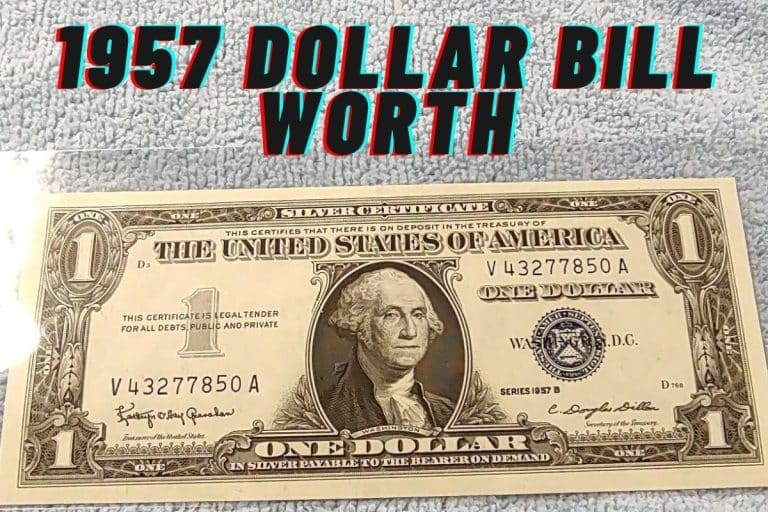Do you have a stash of 1963 2 Dollar Bills hiding in your collection? You might be surprised to know that these bills could be worth more than you think! Don't miss out on potential profits – let us guide you through the world of 1963 2 Dollar Bill values in this comprehensive guide.
Are you tired of the same old coin-collecting routine? Ready to take your collection to the next level? Look no further than the exciting world of vintage paper currency, where treasures like the 1963 2 dollar bill can fetch a hefty sum. As one of the most sought-after printed bills, the 1963 2 dollar bill has become a major draw for currency collectors, and it can be quite valuable.
Whether you're a seasoned collector or just starting out, the 1963 2 dollar bill is a must-have addition to your collection – and this guide will show you why. So buckle up and get ready to uncover the secrets of the 1963 2 dollar bill value, and why it's a valuable piece of history worth investing in.
What Is the Value Of a 1963 2 Dollar Bill?
The value of a 1963 2-dollar bill can vary depending on the bill's condition, series, and variety. If the bill is uncirculated and has a red seal, it could be worth around $20. However, if the bill is a 1963 A with a star in front of the serial number, it could be worth around $90.
The difference in value between the two bills is due to the printing process used, with the 1963 bill printed using the more expensive intaglio printing process and the 1963A bill using the less expensive offset printing process. It's important to note that the value of these bills can fluctuate based on factors such as rarity, demand, and overall condition.
Most Valuable High-Value 1963 2 Dollar Bills
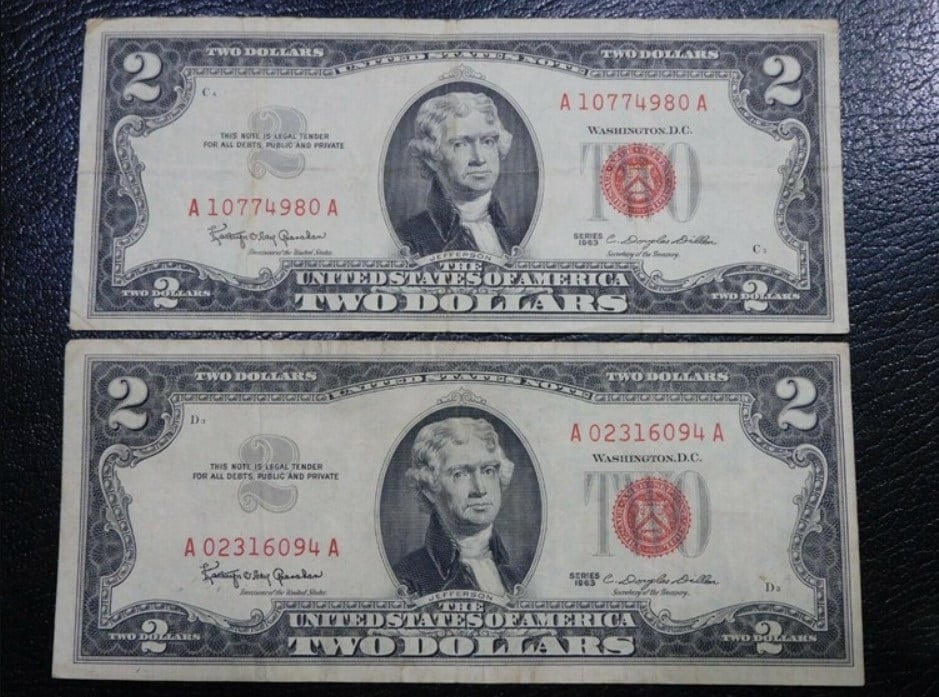
How valuable can the 1963 2-dollar bill get? Depending on the condition and serial number, some of these bills may be worth anywhere from tens of dollars to thousands of dollars. As long as the quality of the bill is good and the serial number is unique, the bill's value will increase significantly.
The following are some of the other notably valuable 1963 $2 bills:
- $2 1963 Fr. 1513* Star Legal Tender Note. PCGS Superb Gem New 69PPQ (Gem Uncirculated): $4025.00
- $2 1963A 1514 Specimen Legal Tender Note. PMG Choice About Unc 58 EPQ: (About Uncirculated): $3450.00
- $2 1963 Fr. 1513 Specimen Legal Tender Note. PMG Choice About Unc 58: (About Uncirculated): $3450.00
- $2 1963 Fr.1513 Legal Tender Notes. Original Pack of 100. Crisp Uncirculated (Gem Uncirculated): $2520.00
- $2 1963A F. 1514 Legal Tender Note. PCGS Perfect New 70PPQ (Gem Uncirculated): $2400.00
Historical Background of the 1963 2 Dollar Bill
The 1963 2-dollar bill — the Red Seal 2 Dollar Bill — is a rare denomination in the United States, accounting for less than 0.001% of all bills in circulation. The note's rich history dates back to the Civil War era and has remained popular for over a century. Although they have been produced for a long time, 2-dollar bills are still a rarity compared to the more common 1-dollar note produced by the Federal Reserve.
With only around 1.2 billion 2-dollar bills currently in circulation, they are a rare find! To put it in perspective, there are around 12 billion 1-dollar bills in circulation, making the 2-dollar bill a true collector's item. The 1963 2-dollar bill was once in high demand, but its popularity dwindled from 1970 to 1975. As a result, production of this bill ceased as legal tender in the mid-90s. Despite this, the 1963 2-dollar bill still has a significant place in the American economy as all US currencies issued since 1861 are still considered legal tender.
Why Is the 1963 2 Dollar Bill Special?

If the 1963 2-dollar bill is new to you, you may be wondering why it is so valuable. Well, there are a number of reasons as to why this particular bill has gained its value. The presence of a red seal is one of the key factors that make the 1963 2 dollar note valuable. Here are the other banknotes that feature a red seal:
- 1928 2-dollar note
- 1953 2-dollar note
- 1963 2-dollar note
As you can see, the 1963 2-dollar bill marks the end of an era for US currency. It was the final 2-dollar bank note ever produced by the US Mint and the last series to feature the iconic Monticello residence of Thomas Jefferson on American paper currency.
Factors Affecting the Value of the 1963 2 Dollar Bill
If you are a coin collector, you are well accustomed to the factors that can affect the value of a coin – it turns out the same factors come to play when determining the value of a bill, such as the 1963 2-dollar bill. The following are the factors to consider when evaluating the value of a 1963 2-dollar bill.
- Condition: Just like with rare coins, the condition of a $2 bill can significantly impact its value. Signs of significant wear and tear will lower the price, no matter how rare the banknote is.
- Age of mintage: Generally, older $2 bills are more valuable than newer ones.
- Serial number: Different serial numbers can have different values. For example, earlier serial numbers may be more valuable.
- Errors and misprints: As with coins, banknotes can be produced with errors and misprints, such as doubled or improperly placed seals. Bills with these types of errors are extremely rare and valuable.
How to Grade 1963 2-dollar Bills?
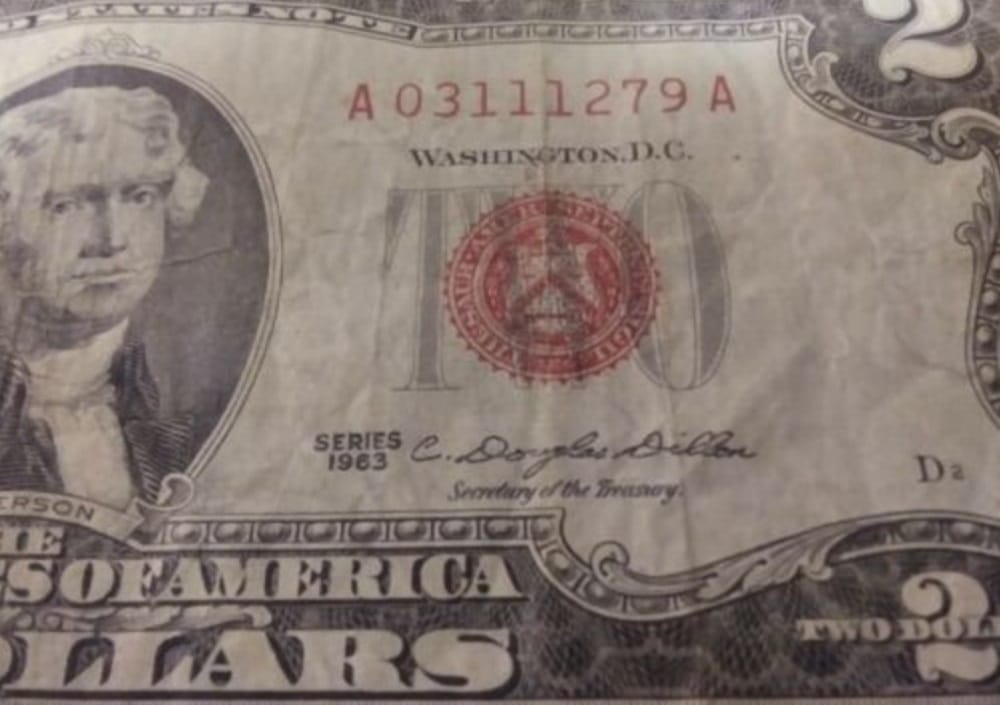
Dollar bills are graded in more or less the same way coins. Follow our chart for a simple guide to grading bank notes.
- Poor or Fair: These bills have been in circulation for a long time, showing significant signs of wear and tear, such as folds, rips, and large pieces missing, mainly from the corners. These bills only have face value.
- Good: These bills have also been in circulation, but they have fewer damages, folds, smaller tears, and pieces missing, making them worth more than their face value.
- Very Good: These banknotes have been in circulation but are in great condition, with only small tears and signs of wear.
- Very Fine: These banknotes have some wrinkles and folds but are generally intact, and their coloring is still bright.
- Extremely Fine: These bills are crisp and sturdy, with minor signs of handling, such as pinches, folds, and smudges.
- About Uncirculated: These bills have been in circulation for a short time, with no signs of handling and no more than two folds and corner folds. If there is some discoloration, they may not be considered AU grade.
- Choice Uncirculated: These bills have no folds, except maybe a minor corner fold, and have signs of minor handling.
Identifying High-Value 1963 $2 Red Seal Bills
Certain symbols, patterns, or serial numbers printed on a 1963 $2 bill may indicate a higher value. Look for the following details to determine the actual value of your banknote:
1. Star symbol: If your 1963 or 1963A bill features a star symbol, it is a replacement banknote and is considered rare and valuable.
2. Palindromes: These are serial numbers that read the same backward or forwards, also known as radar notes.
3. Repeated numbers: Bills with serial numbers that repeat are very rare and valuable.
Pay attention to the serial number: Some serial numbers can be more valuable than others. Palindromes (serial numbers that read the same forwards and backward) and bills with repeated numbers can be rare and valuable.
Final Thoughts
When it comes to collecting paper money, the physical condition of the item is of utmost importance. This is especially true for the 1063 $2 bills, which can have hidden value in their fine details such as serial numbers, plate numbers, symbols, and origination banks.
If you're considering investing in collectible $2 bills, learning how to identify rare notes is essential. While collecting and searching for these items may be more complicated, it can be a rewarding experience. So, don't wait any longer and start your collection today!

